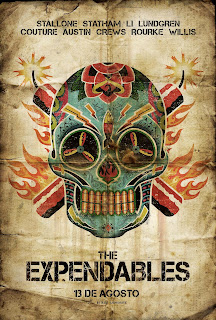For the postcards, I wanted to keep it simple but interesting, so initially I looked into postcard designs.
Of the ones I looked at, most of them are not relevant to what I have to do for the brief, as they are clearly made using vector art and Illustrator. As I will be working with photographs, I started to look at postcards that are completely photography, and photography in general.
I primarily looked at the link below, and photographs throughout the whole website.
I also looked at this link below and became particularly interested in the way the images fade out around the outside.
After I had changed my mind about the original five I created, I decided to base the new five on the image style as I saw above.
Examples of Lomography:
































































































































































